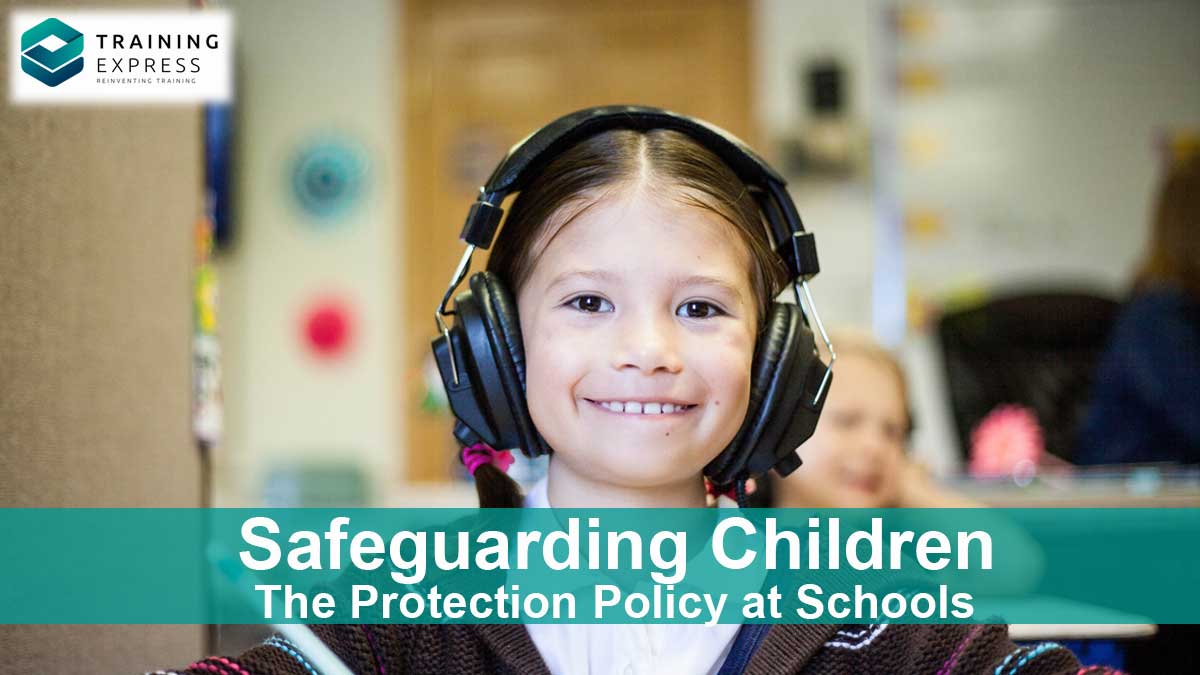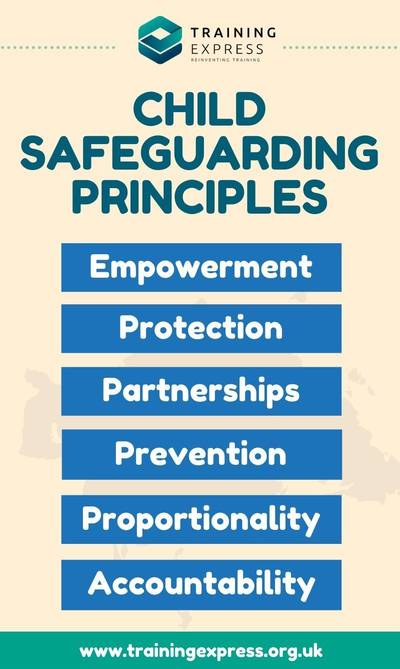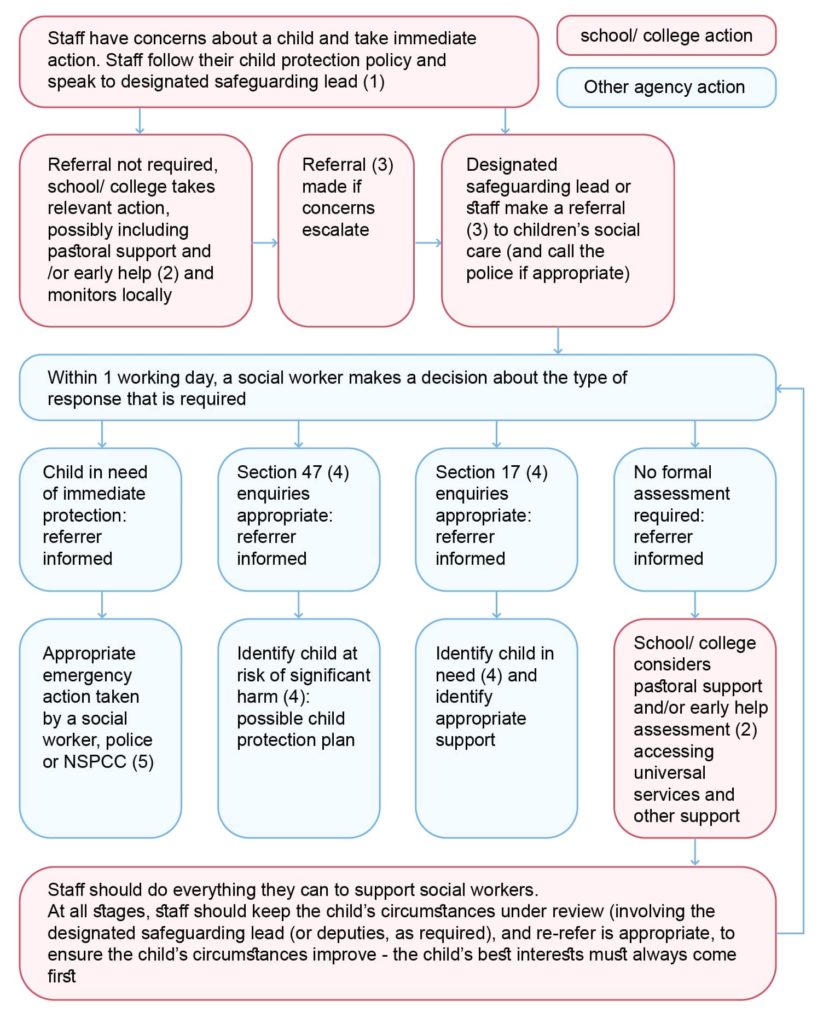
Table of Contents
What is safeguarding?
- Negligence
- Physical, emotional, and sexual abuse
- Fraud and financial abuse
What is the purpose of child safeguarding?
According to NSPCC, safeguarding aims at —
- Protecting your children from maltreatment and abuse
- Preventing harm to children’s health or development prevent
- Making sure that your children receive safe and helpful care
- Laying out fruitful plans to help all children and young people with possible outcomes
Who is a child?
- Healthy
- Safe
- Happy
- Positive
- Solvent
Empowerment
Prevention
You should take action to prevent any harm to the kids. It is the primary aim of safeguarding children. How do you do so?
You can raise awareness and train your staff. Besides, you can showcase the preventive measures, and encourage everyone to seek help.
Protection
The main principle of child safeguarding is protection. We must ensure the representation of the children in need. And, we must provide support.
You have to start with preventive measures to fight abuse. Besides, you are responsible for providing support for anyone at risk.
Proportionality
Partnerships
Your local community can help you a lot to prevent and detect abuses. So, you need to form partnerships with your community.
Partnerships encourage us to move on as a community towards a common goal.
Accountability
Transparency and accountability ensure the smooth progress of ensuring safeguarding.
Everyone in an academic setting deals with safeguarding vulnerable children. Thereby, all the concerned people must remain accountable as individuals, services, and organizations.
Child protection in the UK: Essential knowledge for school and college staffs
- Child protection policy;
- Behaviour policy;
- Staff behaviour policy (also known as code of conduct);
- Role of the designated safeguarding lead.
Single Assessment Process
What happens after the assessment?
Our safeguarding children’s course intends to safeguard children in your school and help your school to approach safeguarding inspection properly.
With the help of our safeguarding children course, you’ll be able to —
- A protection plan is in place
- The urgency of the protection plan decided
- Help your children to recognize healthy and safe relationships
- Encourage any child to talk to a trusted adult about any harassment
- Design a blueprint to approach safeguarding and child protection
- Make the school staffs aware of the signs and symptoms of abuse and negligence
- Train the school staffs with necessary safeguarding plans
Child Protection Policies in the UK: Definitions of Abuse
Safeguarding policy: Negligence
Read more on our blog
- Understanding Care Planning: A Guide for Health and Social Care Professionals
- 25 Essential Basic Computer Skills to Master in 2025
- A Complete Guide to Food Contamination: Risks, Laws, and Prevention Strategies
- A Complete Guide to Medical Record Keeping in Hospitals
- Can You Reheat Rice? Yes, But Do It Safely!
- Understanding Different Types of Healthcare Settings: From Hospitals to Home Care
- What Is Safeguarding? A Guide to Protecting Vulnerable Adults and Children
- What is Health and Social Care? – A complete guide
- What are Barriers in Health and Social Care? – Fully Explained
- What Is Domiciliary Care? Roles, Responsibilities, and Career Pathways
- Available Courses
- Law10
- IT & Software225
- Design28
- Training6
- Accounting & Finance Primary48
- Teaching & Academics Primary36
- Teaching22
- Quality Licence Scheme Endorsed160
- Healthcare169
- Animal care10
- Job Ready Programme52
- Charity & Non-Profit Courses28
- HR & Leadership4
- Administration & Office Skills2
- Mandatory Training36
- Regulated Courses4
- Health and Safety520
- Marketing38
- Career Bundles201
- Construction59
- Electronics31
- Hospitality28
- Health and Social Care289
- Child Psychology40
- Management423
- Business Skills292
- First Aid73
- Employability283
- Safeguarding79
- Food Hygiene116
- Personal Development1597

 Food Hygiene
Food Hygiene Health & Safety
Health & Safety Safeguarding
Safeguarding First Aid
First Aid Business Skills
Business Skills Personal Development
Personal Development

